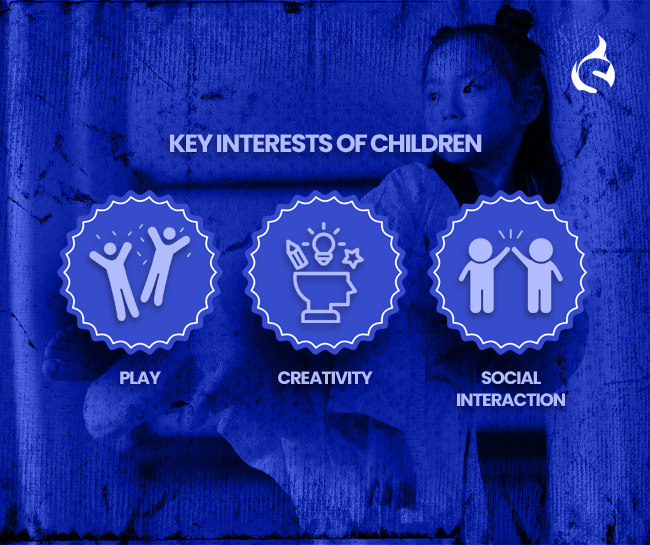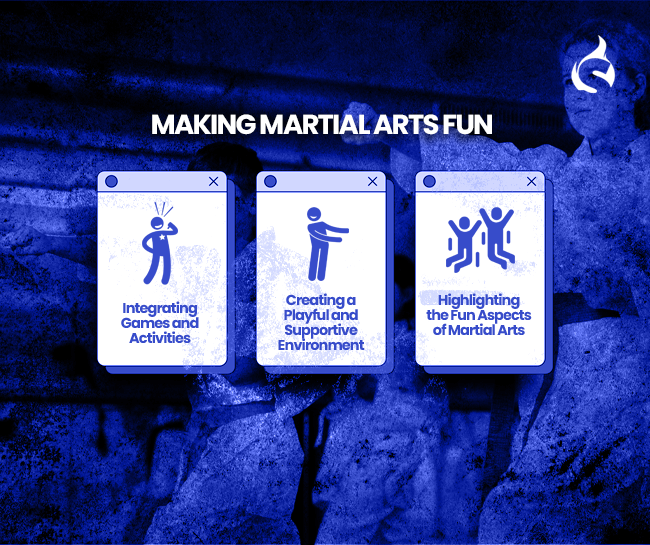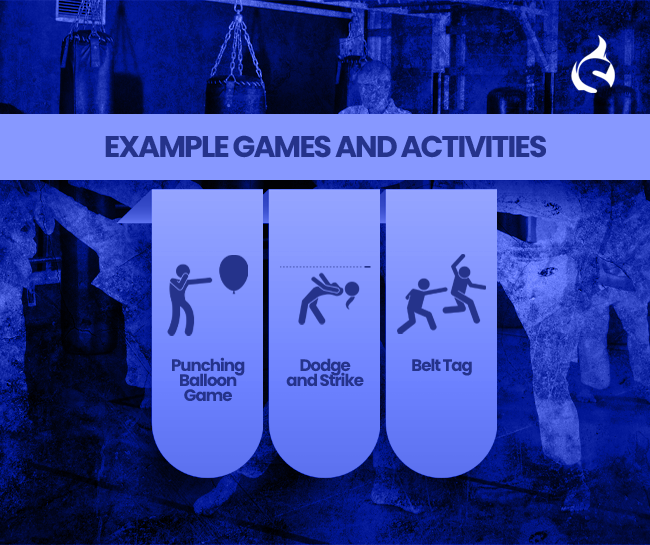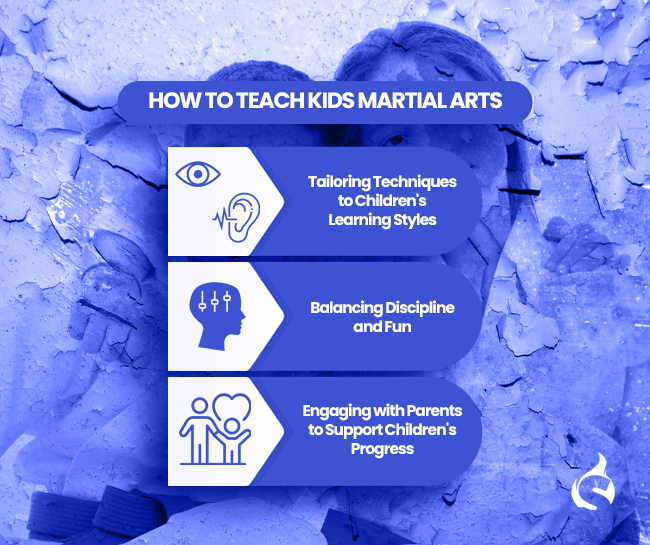
Kids are often the primary audience for martial arts schools, full of energy and curiosity. How do you capture their interest and keep them engaged? This guide offers effective strategies to attract and retain young students, making your classes fun and incorporating learning games. Let’s transform your school into a place kids love to learn and grow.
Understanding Kids’ Interests
Children are naturally drawn to activities that are fun, engaging, and allow them to express themselves. Their interests typically revolve around play, creativity, and social interaction. Martial arts can align with these interests by offering a dynamic and interactive environment.
Key Interests of Children:

- Play: Kids love activities that are enjoyable and playful.
- Creativity: Opportunities to use their imagination and explore new ideas.
- Social Interaction: Engaging with peers and making new friends.
Martial arts cater to children’s innate desire for movement and adventure. The structured yet playful nature of martial arts can captivate their attention, allowing them to learn new skills while having fun. Additionally, the community aspect of martial arts can satisfy children’s need for social interaction, helping them make friends and feel a sense of belonging.
💡 Understanding children’s love for play, creativity, and socializing is crucial for martial arts school owners. Martial arts classes provide a structured yet enjoyable environment where kids can learn skills, make friends, and feel a sense of belonging. This understanding helps create engaging experiences that keep young students excited about martial arts.
Making Martial Arts Fun

Making martial arts enjoyable for children is crucial in maintaining their interest and enthusiasm. Here are some strategies to achieve this:
Integrating Games and Activities
Incorporating games into martial arts classes can make learning more enjoyable. Games such as “Sensei Says” (a martial arts version of Simon Says) or obstacle courses that incorporate martial arts techniques can keep kids engaged and excited.
Creating a Playful and Supportive Environment
A supportive environment where children feel safe and encouraged to try new things is essential. Instructors should foster a positive atmosphere, celebrating small victories and encouraging effort rather than just focusing on perfection.
Highlighting the Fun Aspects of Martial Arts
Showcasing the exciting elements of martial arts, such as learning cool moves, breaking boards, or participating in friendly sparring matches, can capture children’s imaginations and keep them motivated.
Martial Arts Learning Games
Learning through play is highly effective for children. Martial arts learning games not only make classes more enjoyable but also reinforce important techniques and concepts.
Example Games and Activities

- Punching Balloon Game: Kids practice their punches by trying to keep a balloon in the air using only their martial arts strikes.
- Dodge and Strike: Children practice dodging a soft, swinging bag and then performing a strike, enhancing their agility and timing.
- Belt Tag: Similar to tag, but players try to grab each other’s belts to win, promoting quick movements and spatial awareness.
💡 These games not only make classes fun but also help children develop important skills needed in martial arts, like focus and coordination.
Benefits of Learning Games in Martial Arts
Learning games help children develop coordination, balance, and focus in a fun and engaging way. They also encourage teamwork and friendly competition, which can boost confidence and social skills.
How to Teach Kids Martial Arts

Teaching martial arts to children requires a balance of discipline and fun, along with techniques tailored to their learning styles.
Tailoring Techniques to Children’s Learning Styles
Children learn best through visual, auditory, and kinesthetic methods. Instructors should use a mix of demonstrations, verbal explanations, and hands-on practice to cater to different learning preferences.
Balancing Discipline and Fun
While maintaining discipline is important, it’s equally crucial to keep classes fun and engaging. Instructors should set clear expectations and boundaries but also allow for moments of play and creativity.
Engaging with Parents to Support Children’s Progress
Parents play a key role in their children’s martial arts journey. Regular communication with parents, providing updates on their child’s progress, and offering tips for practice at home can reinforce what is taught in class and keep children motivated.
Getting kids interested in martial arts involves understanding their interests, making classes fun, and using engaging learning games. By creating a supportive environment, using positive reinforcement, and employing effective teaching strategies, martial arts school owners can attract and retain young students. Implement these strategies to foster a love for martial arts in children and watch your school’s enrollment and engagement grow.
Ready to simplify your martial arts school management? Discover Spark Membership Software, designed specifically for martial arts schools, to streamline operations and enhance member engagement. From managing classes to boosting member loyalty, Spark offers all-in-one solutions to help your school thrive. Get started today with a $1 trial and see how Spark can save you time and elevate your school’s success.




